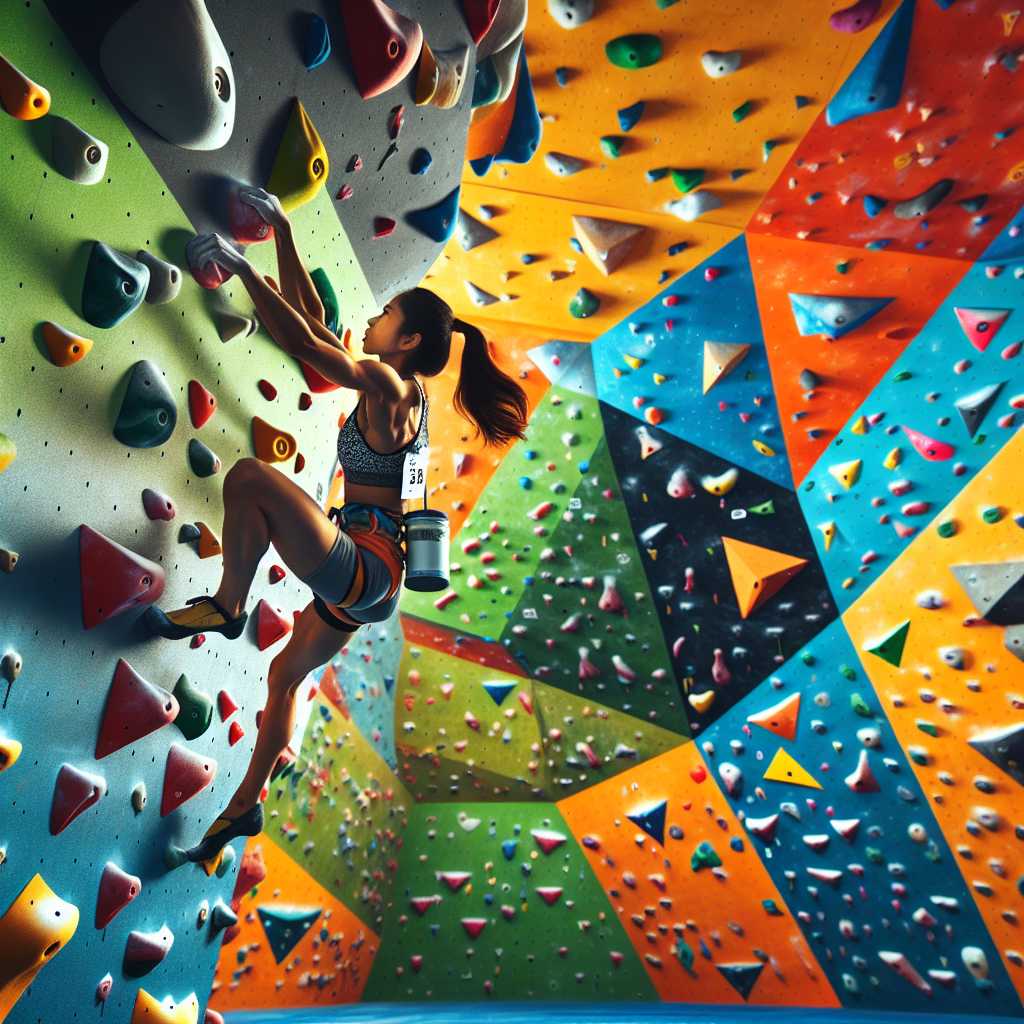The Rise of Sport Climbing and Its Olympic Debut
Sport climbing ascended to new heights when it was included for the first time in the Olympic Games in Tokyo 2020. The event caught the attention of both seasoned climbing enthusiasts and newcomers to the sport, offering a fresh and dynamic spectacle of athleticism. With world-class competitors showcasing their skill on a global stage, sport climbing has quickly garnered a reputation as an exciting addition to the Olympic roster of events.
From Mountains to Arenas: Sport Climbing’s Journey to the Olympics
People have been climbing for centuries—initially for exploration, survival, and then later for sport. Although rock climbing has been a popular recreational activity since the late 19th century, modern sport climbing, which typically takes place on artificial rock walls, began developing as a competitive discipline in the 1980s. Thanks to its growing popularity and the establishment of international competitive structures, sport climbing was shortlisted by Tokyo’s proposers and subsequently approved by the International Olympic Committee (IOC) as an official Olympic sport in 2016.
Understanding Competitive Sport Climbing
Competitive sport climbing in the Olympics is divided into three disciplines: speed climbing, bouldering, and lead climbing. Speed climbing pits two athletes against one another to scale a fixed route on a 15-meter wall as quickly as possible. In bouldering, climbers navigate several short routes—called problems—on a 4-meter wall without safety ropes, where technique and problem-solving are key attributes. Lead climbing tests an athlete’s endurance; they need to climb as high as possible on a wall measuring over 15 meters within a fixed time while clipping their rope through quickdraws along their route.
Tokyo 2020: Sport Climbing’s Olympic Inauguration
Tokyo 2020 marked the first time athletes competed in Olympic sport climbing events. The competition format combined all three disciplines to determine an overall winner, which was somewhat controversial within the climbing community, as climbers usually specialize in one discipline. Nonetheless, it made for a fascinating and diverse showcase of skills.
Preparing for Paris 2024: Changes and Expectations
Following feedback from athletes and officials regarding the combination format used in Tokyo, adjustments will be made for Paris 2024. The IOC has approved that sport climbing will feature two sets of medals for men and women, separating bouldering and lead into one combined event and making speed climbing its standalone event. This change is set to better align with sport climbing competitions outside of the Olympics where disciplines are contested separately.
Significance of Sport Climbing in the Olympic Movement
The inclusion of sport climbing fits into a broader strategy by the IOC to appeal to younger audiences and reflect more urban sports trends. Sports like skateboarding, surfing, and 3×3 basketball also debuted in Tokyo 2020 with similar goals in mind. Transitioning sport climbing from mountainous outdoor settings to spectator-friendly arenas further highlights flexibility in sports progression.
Challenges Faced by Athletes and Sustainability Concerns
Sport climbers had to adjust their training regimens to prepare for competing across multiple disciplines at Tokyo 2020. As for sustainability concerns that arise with constructing climbing venues and crafting artificial walls—manufacturers and organizers focus on reducing environmental impacts through material choices and reuse strategies.
Notes
An Ideal Image for This Article
Image description: A climber scaling a brightly colored artificial wall with various handholds and footholds against a vibrant backdrop highlighting the energy of competitive sport climbing at the Olympics. A timer and scorecards are also seen within the image frame capturing the competitive essence and haste within this dynamic sporting discipline.
